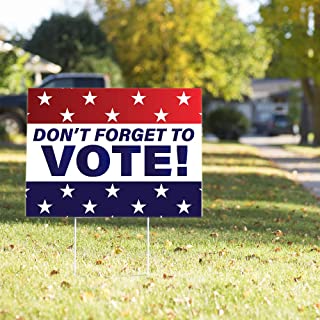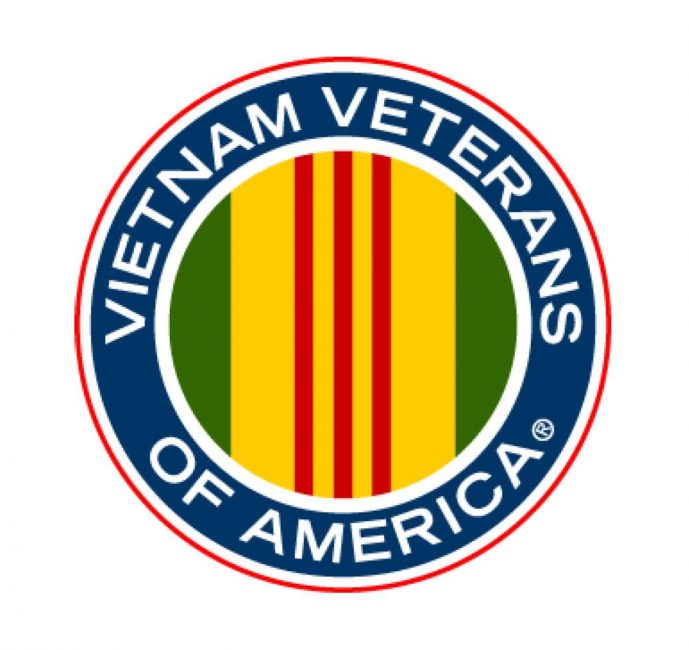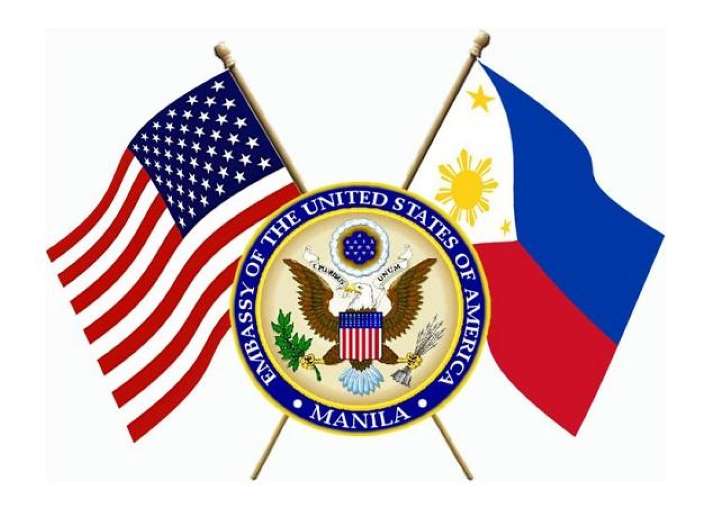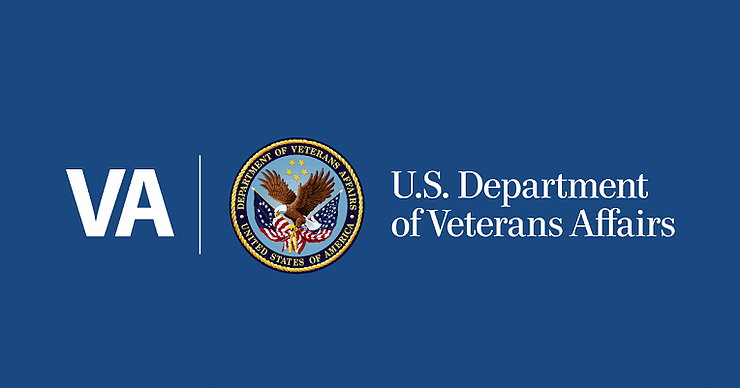Voting in 2024 U.S. Federal Elections


Allen “Pop” Reeves American Legion Post 123
U.S. Embassy Manila, Philippines
U.S. Consular Agency Cebu, Philippines
March 8, 2024
Message for U.S. Citizens: Voting in 2024 U.S. Federal Elections
Your vote counts! Did you know that many U.S. elections for the House of Representatives and Senate are decided by a margin smaller than the number of ballots cast by absentee voters? All states are required to count every absentee ballot that is valid and reaches local election officials by the absentee ballot receipt deadline.
Follow a few simple steps to make sure that you can vote in the 2024 federal U.S. elections:
1. Request your ballot. Complete a new Federal Post Card Application (FPCA). You must complete a new FPCA after January 1, 2024, to ensure you receive your ballot for the 2024 elections. Submitting the FPCA allows you to request absentee ballots for all elections for federal offices (President, U.S. Senate, and U.S. House of Representatives) including primaries and special elections during the calendar year in which it is submitted. All local election officials in all U.S. states and territories accept the FPCA.
You can complete the FPCA online at FVAP.gov. The online voting assistant will ask you questions specific to your state. We encourage you to request your blank ballots be delivered electronically (by email, internet download, or fax, depending on your state). Include your email address on your FPCA to take advantage of the electronic ballot delivery option. Return the FPCA per the instructions on the website. The online voting assistant will tell you if your state allows the FPCA to be returned electronically or if you must submit a paper copy with original ink signature. If you must return a paper version, please follow the same instructions below for returning your ballot.
2. Receive and complete your ballot. States are required to send out ballots 45 days before a regular election for federal office and generally send ballots at least 30 days before primary elections. For most states, you can confirm your registration and ballot delivery online.
3. Return your completed ballot. While some states allow you to return your completed ballot electronically, others do not. If your state requires you to return paper voting forms or ballots to local election officials, you can do so free of charge at the nearest U.S. embassy or consulate. Place your ballot in a postage-paid return envelope or in an envelope bearing sufficient domestic U.S. postage and address them to the relevant local election officials.
A U.S. citizen may submit a sealed ballot or other voting-related letter for return to local (federal) election offices in the United States anytime during Embassy regular business hours. No appointment is necessary. Only federal election materials may be submitted for return to the United States. Accepted materials are placed into the diplomatic postal service at the earliest opportunity. Expect a 3-to-4-week delivery time for your materials to reach their destination. Anything turned in must be either be “postage-paid” or sufficient postage already provided and affixed. The U.S. Embassy does not sell stamps or U.S. postage and we do not accept unsealed envelopes. Anything of irregular size or bulk may be denied for acceptance into the diplomatic postal service. You can also return your FPCA or ballot to your local election officials via international mail or professional courier service at your own expense.
Research candidates and issues. Please see the FVAP links page for resources to research candidates and issues. FVAP regularly sends information about election dates and deadlines through their Voting Alerts. Email vote@fvap.gov to subscribe or follow FVAP on Facebook or Twitter.
Learn more at the Federal Voting Assistance Program’s (FVAP) website, FVAP.gov. If you have any questions about registering to vote overseas, please contact the Voting Assistance Officer at U.S. Embassy Manila VoteManila@state.gov.
Remember, your vote counts!
For further information:
*See the State Department’s travel website for the Worldwide Caution, Travel Advisories, Alerts, and the Philippines Country Specific Information.
*Enroll in the Smart Traveler Enrollment Program (STEP) to receive Alerts and make it easier to locate you in an emergency.
*Contact the U.S. Embassy in Manila, Philippines, located at 1201 Roxas Boulevard, at +(63) (2) 301-2000, from 7:30 a.m. to 4:00 p.m. Monday through Friday. After-hours emergency number for U.S. citizens is +(63) (2) 301-2000.
*Call 1-888-407-4747 toll-free in the United States and Canada or 1-202-501-4444 from other countries from 8:00 a.m. to 8:00 p.m. Eastern Standard Time, Monday through Friday (except U.S. federal holidays).
*Follow us on Twitter and Facebook.






Responses